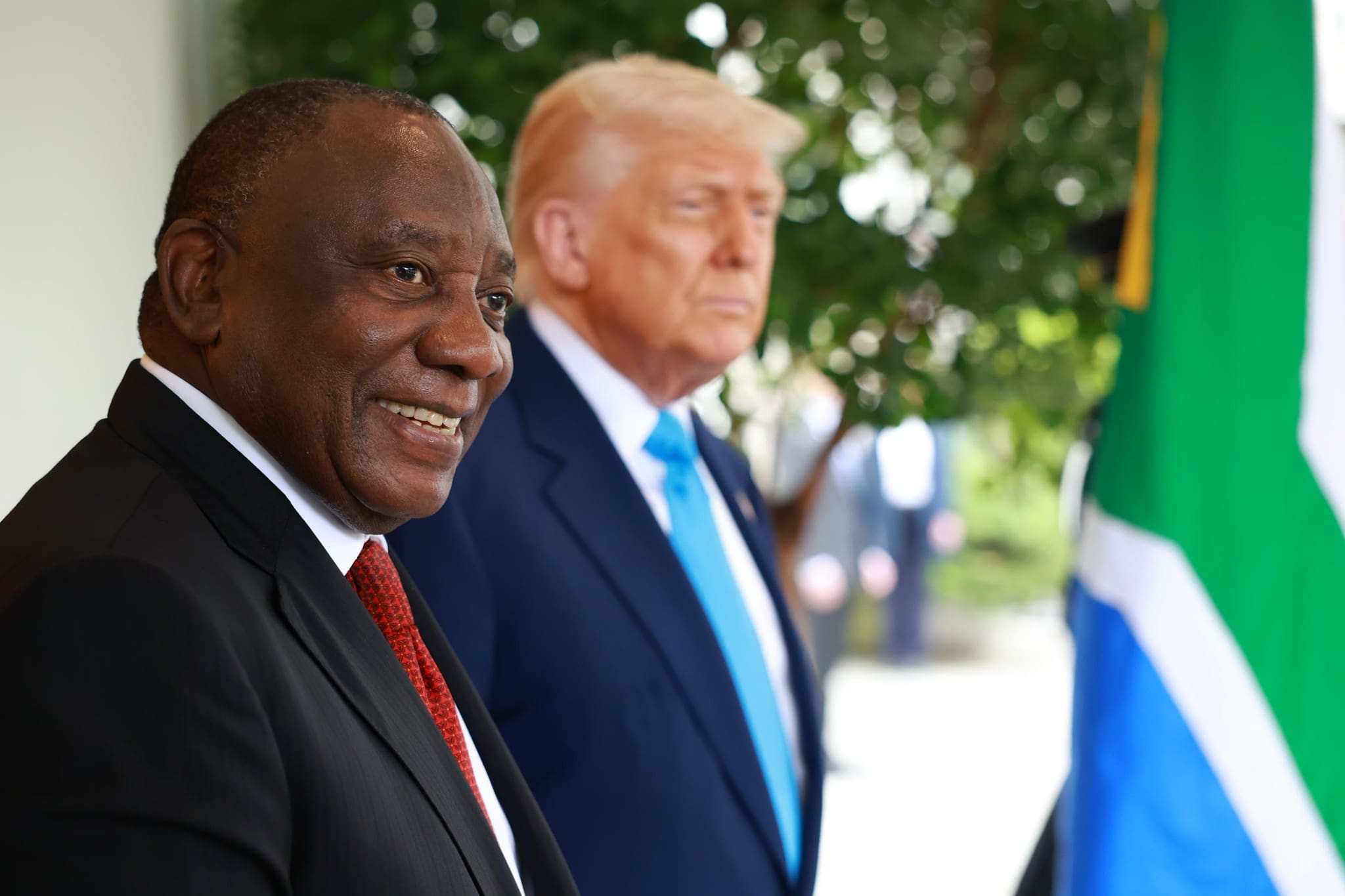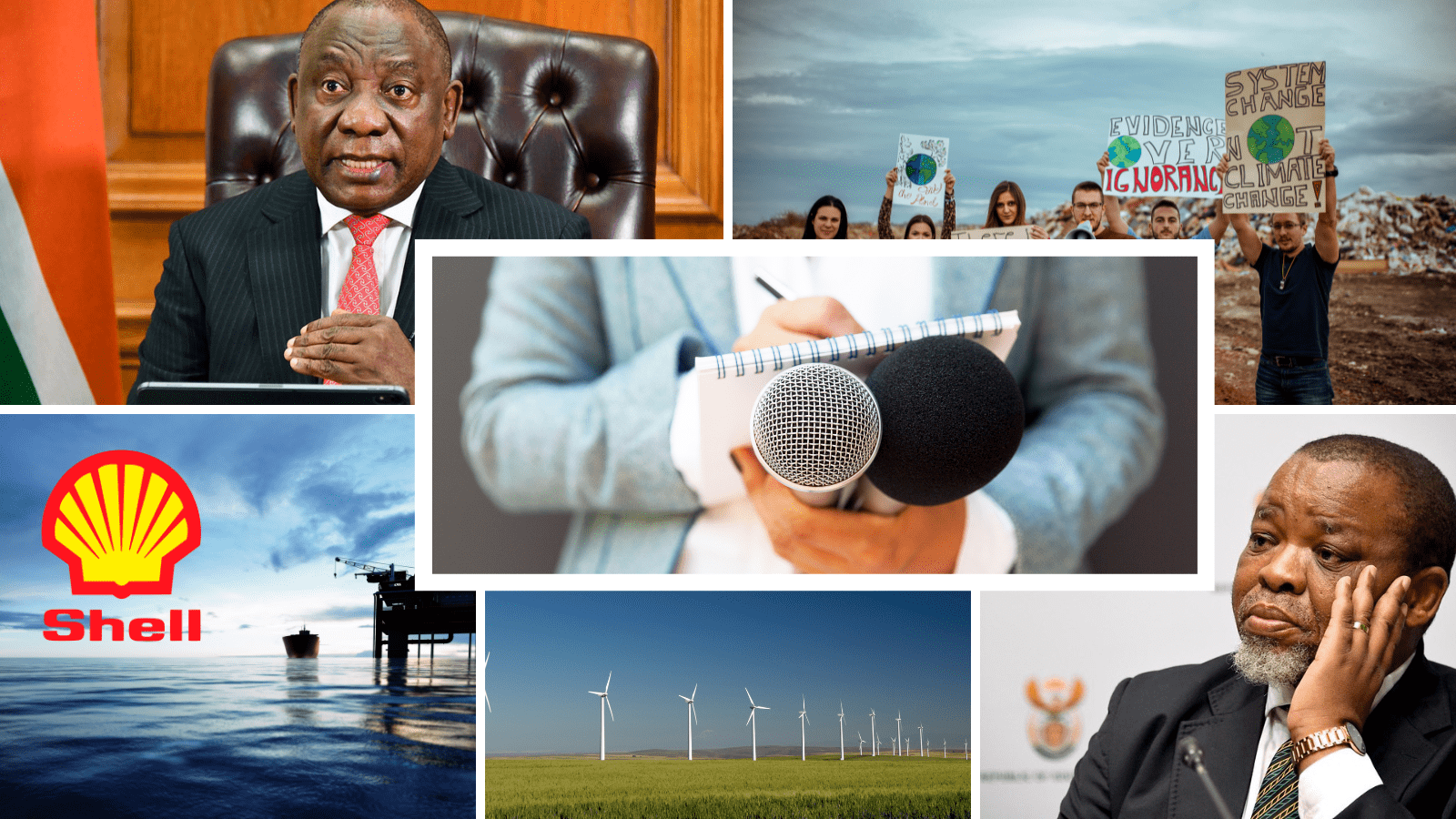If you thought the recent Ramaphosa-Trump meeting was just another headline in the endless news cycle, think again. With the G20 summit at the end of the year and a billion-dollar trade deal in the works, South Africa and the United States are clearly trying to hit the reset button. It looks like there’s a serious plan on the table, one touching on the African Growth and Opportunity Act (AGOA), tariffs and the geopolitical future of US-South Africa relations.
Here’s a breakdown of what’s going on.
1. $1 billion trade deal between the two countries
At the centre of the US-South Africa reset is a proposed trade deal to import about $1 billion worth of liquefied natural gas (LNG) from the US every year. Why? To avoid those dreaded 30% tariffs that could’ve been a heavy blow to SA exports like cars, steel, and aluminium.
In return, South Africa wants duty-free access for 40,000 vehicles, 385,000 tonnes of steel, and 132,000 tonnes of aluminium heading to the US. It’s a swap that sounds pretty good on paper, and as Vincent Magwenya, the presidential spokesperson, put it: “These are numbers contained in the trade deal proposal that South Africa has presented to the USTR for consideration and further negotiations.” So, it’s not just talk — real negotiations are underway.
Trade Minister Parks Tau highlighted just how urgent this deal is for South Africa, warning of a looming “gas cliff.” South Africa needs reliable energy sources, and LNG from the US is a lifeline. “Given our impending shortage on gas, the appetite to procure LNG from the US … was positively received,” Tau noted.
2. AGOA, minerals and jobs
Beyond LNG and tariffs, the deal hints at broader cooperation on critical minerals and digital trade, plus the future of AGOA, which is vital for SA exporters. There are talks of cooperation on critical minerals (think rare earths, batteries, etc.) and digital trade.
Recap: the US had been making noise about cutting South Africa out of AGOA since last year. Multiple Republican congressmen have made calls for the US to cut diplomatic ties with Pretoria for, amongst other things, its relationship with China and South Africa’s support for Hamas and anti-Israel stance. So, renewed talks on cooperation are a relief for local exporters who rely on the duty-free access it provides.
With over 600 US companies already in South Africa employing over 200,000 people, it’s clear that this relationship is about more than just dollars and cents — it’s about jobs and growth.
3. What about the G20?
Now, looking ahead to the G20 Summit Johannesburg will host later this year, things get even more interesting. The G20 is one of the biggest global economic forums where the world’s largest economies (and the EU) discuss cooperation and policy.
Earlier this year, US Senator Marco Rubio accused South Africa of “doing very bad things… Using G20 to promote ‘solidarity, equality, [and] sustainability. In other words: DEI and climate change, which Rubio called ‘anti-American’.
Following Rubio’s attack, Trump himself had signalled he wouldn’t attend. A major snub for SA’s international standing. However, President Ramaphosa recently announced that Trump has agreed to attend the G20 Summit in Johannesburg, marking a significant shift in US engagement with the forum.
His presence could either help smooth over international tensions or throw a spanner in the works. South Africa’s role is a tough balancing act; juggling relations with the US, China, Russia, and the broader BRICS alliance isn’t for the faint-hearted.
4. Misinformation about the “white genocide” debacle is still a thing
Let’s talk about the elephant in the Oval Office: Trump’s long-running endorsement of the “white genocide” conspiracy theory.
It’s a narrative that paints white South African farmers as victims of state-backed racial violence, a claim consistently debunked by local data. South African police statistics show that of the recorded 26,232 murders in 2024, only 44 murders were linked to farming communities, eight of which were farmers.
But perception trumps facts in some circles. Trump signed an executive order in February 2025 fast-tracking refugee applications for white South Africans. Nearly 50 Afrikaners arrived in the US last month aboard a private chartered flight, the first wave of what’s been dubbed “Mission South Africa.” A second group, including families with children, landed in Atlanta yesterday, just weeks later, on a commercial flight.
5. South Africa pushes back – while the EFF stirs the pot
Ramaphosa and his delegation pushed back during the meeting at the White House, calling the claims false and damaging to South Africa’s image abroad. But it’s not just about the facts — it’s about perception. For international investors and diplomats, these narratives muddy the waters at a time when clarity and confidence are sorely needed.
And then there’s the domestic angle. South Africa’s opposition parties, particularly the Economic Freedom Fighters (EFF), have seized on these tensions to amplify their own rhetoric — including controversial slogans like “Kill the Boer” that, while historically rooted in anti-apartheid protest, continue to provoke strong reactions abroad.
The South African government has also rejected Trump’s demand to arrest opposition politician Julius Malema over his use of the controversial chant, citing court rulings that the chant does not constitute hate speech when considered in its historical context.
The EFF have also announced plans to use the “Kill the Boer” song as part of their 2026 election strategy, framing it as a symbol of resistance against historical oppression.
So… is this a turning point
Is this a genuine turning point or just a diplomatic dance? Ramaphosa himself said, “Our two countries have everything to gain from working more closely together.” Let’s hope that’s more than just words. Let’s hope that promise holds — and that the next G20 doesn’t turn into a stage for theatrics, but a platform for real progress.
Emma is a freshly graduated Journalist from Stellenbosch University, who also holds an Honours in history. She joined the explain team, eager to provide thorough and truthful information and connect with her generation.
- Emma Solomon
- Emma Solomon




